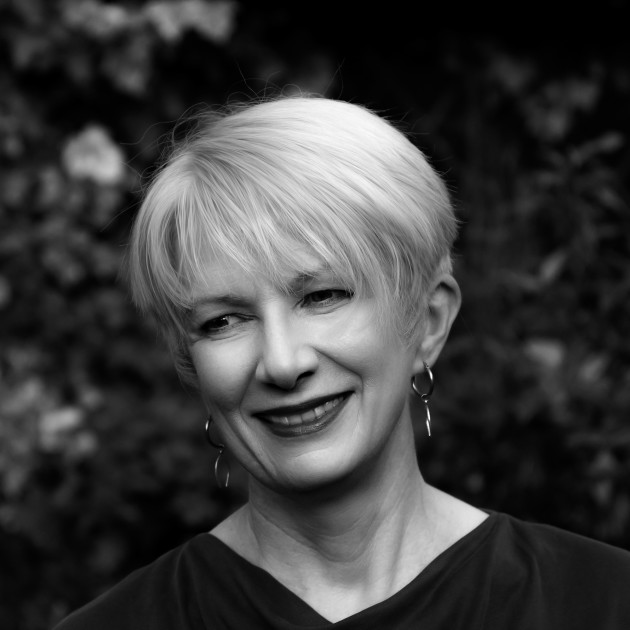
Eyes to the East: Q&A with Caroline Gilby MW
Partnering with The Ultimate CEE Wine Fair, Harpers and its editor Andrew Catchpole speak with co-founder and regional expert Caroline Gilby MW to discover more about her mission to champion the diverse wines of these excitingly promising countries.
On a personal level, what first compelled you to take a deeper dive into CEE (Central and Eastern European) countries and wines?
When I started as a trainee wine buyer back in the 1980s, Eastern Europe was big business, but not exactly glamorous. But it was my first buying responsibility, Bulgarian Cabernet, and then I added some Hungarian dry whites quickly after that – I kind of cut my teeth and feel we've grown up together along the way. People look back and go, ‘Oh well, it was all cheap rubbish’, but actually, they had big, well organized vineyards, they had, for the time, pretty modern equipment, and they got people over from [New World producing countries] to give them advice on winemaking, so they could actually deliver those consistent wines that were good value for the money.
How much has changed since you first started communicating and championing CEE producers?
It's been an absolute revolution in my time. If I'd stayed with Western Europe I'd have seen a gradual evolution. But in Eastern Europe, it went from the whole collectivised industry – especially the further east you went – where the link between the land and the people that grew the grapes and the people that made the wine was broken, and all about large volumes of adequate quality, to the Iron Curtain coming down. New independent countries emerged, and eventually, depending on how long it took to do land restitution and privatisation, varietal wines at a fair price emerged.
I became interested again in about 2000 when Tom Stevenson asked me to start writing for the Wine Report, which was doing Eastern Europe at that time, and I jumped at the opportunity. And the more I got involved, the more I realised what an exciting place it was, and how each of the countries that we tended to view, certainly back then, as a homogenous grey communist bloc, how they all came out of it in different directions. And wine is a really good way of showcasing the different cultures and backgrounds, because it's shaped by the landscape and the climate and, but also by the culture of the people that grow the grapes and choose what grapes to grow and how to make the wines. So, it’s a lens of what’s happened in the glass.
What are the benefits of bringing together CEE countries for the one tasting?
Over the years I’ve sometimes been frustrated in getting people to voluntarily work together in this region, which I get intellectually, because if you’ve been forced to collectivise, why would you want some foreign woman coming and saying ‘why not work together?”. But these are actually small wineries in small countries in the big world of wine, who are doing great things, but are not necessarily big enough to attract attention on their own. So we thought that if we could do something to bring these countries together, we could create a bit of noise and a splash. And if we put enough of them together, it's affordable for them and [the CEE event is] big enough that buyers will come and pay us attention. We've got 17 countries this year; well over 100 wineries.
Is it possible to make any generic pronouncements about the wines, or is that diversity the strongest selling point?
There are a lot of indigenous varieties and most of these countries have at least one indigenous variety that can be a flagship for them, which is brilliant. But the challenge is, if you are trying to sell a variety that nobody here has ever heard of, there is then value in the international grapes. Because if you can show people a great Cabernet from, say, Serbia, then they will say ‘hang on, Serbia makes great wine, maybe we should explore a little further’. So, there’s a place for both the international and local grapes. Certainly, that diversity is a strength, and for anyone that’s bored of Chardonnay or Merlot, there’s a lot of amazing quality stuff going on, and the British consumer is quite adventurous. But there’s still quite a big education job to be done, hence the masterclasses [at the CEE tasting], to give people some guidance as to what to expect from all of these different indigenous varieties. And we are in it for the long term, to build these countries, and also to see them get a toehold in the fine wine market.
The Ultimate CEE Wine Fair is to take place at St John’s Waterloo, London SE, from 10am-6pm on 9 June. For more information on the tasting event and its masterclasses, or to register to attend, please click here.




